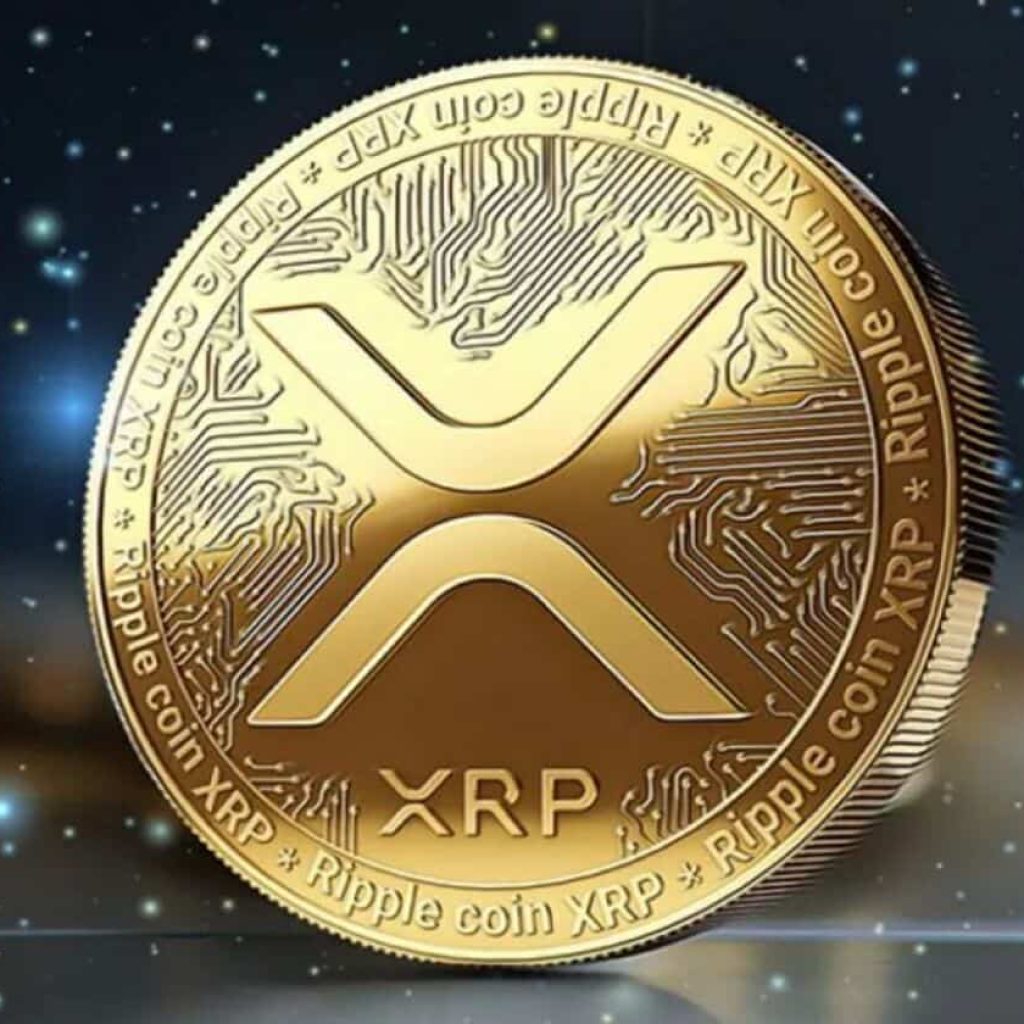Historically, the crypto industry is known to have a negative weekend effect as markets and banks close. However, there is a different sentiment starting this Friday. A phenomenon has been emerging that has captured the attention of both seasoned investors and newcomers alike: the resurrection of seemingly dead crypto tokens.
These tokens, once left for a market downturn in the digital abyss, are now making unexpected comebacks that are sparking discussions about the possibility of a bullish resurgence in the crypto market.
Crypto coins usher in the weekend on good ground
The eventual demise of Do Kwon, Terra Luna, and the entire Terra ecosystem precipitated a poor market situation for cryptocurrencies. However, since then, there has been a modest recovery in the crypto market.
The price of Terra Luna Classic (LUNC) increased by more than 10% in the last twenty-four hours, beginning on Thursday evening. Even the Terra Luna Classic community is surprised by the development, as LUNC and USTC prices failed to gain upward momentum despite recent crucial proposals and a chain update.
The trading volume of Terra Luna Classic increased after the community approved two critical proposals: “Asking Binance to Start Burning USTC” and “Stop Minting and Reminting of USTC.”
Friday’s trading volumes reached $30 billion, an increase of over 200,000% over the previous 24 hours. Speculating community members attributed the abrupt increase in trading volumes to an over-the-counter (OTC) trade and an error on the Bitay exchange.
In the preceding twenty-four hours, more than $220k worth of shorts were covered by buyers. Bybit saw the greatest single liquidation of $103.59k. In contrast, LUNC recorded more than $40,000 in short liquidated in the preceding twenty-four hours. The reasons for the abrupt liquidation of short positions are unknown, but traders are likely bullish on LUNC.
Ripple whales move 120 million XRP
As Ripple continues to navigate the ever-changing landscape of crypto, its use of XRP remains a topic of ongoing interest and scrutiny. The investors are attempting to discern the company’s intentions and strategies in light of the digital asset’s extraordinary movements.
In a series of recent crypto transfers, a substantial amount of XRP has changed hands, prompting intense speculative activity within the XRP community and the broader crypto market. In recent XRP transactions, a significant quantity was transferred from the Bithumb exchange to an unidentified wallet, and XRP was also transferred from an unidentified wallet to the Bitstamp exchange.
Earlier today, a distinct transaction involving 29.9 million XRP worth approximately $15.26 million was sent from an unknown wallet to Bitstamp.
Notably, in September, Ripple, the blockchain technology company behind XRP, initiated a number of massive XRP transfers totaling hundreds of millions of tokens. These extraordinary movements have sparked concern among investors and devotees alike, leading to rumors regarding potential systemic selloffs and the motivations behind these substantial transfers.
Ripple has not issued an official statement regarding these transactions. However, the crypto community is eagerly anticipating their response, which may be forthcoming in Ripple’s upcoming quarterly report on XRP sales.
What lies ahead for Ripple?
John E. Deaton, the attorney representing more than 75,000 XRP token holders in Ripple Labs vs. the U.S. Securities and Exchange Commission (SEC) lawsuit, is scheduled to make a major announcement on Friday. Deaton has provided three clues about an upcoming announcement that appears to be related to the XRP Ledger and Ethereum (ETH) ICO.
He expects to have early Ethereum adviser Steven Nerayoff on CryptoLawTV to discuss the startling allegations he made about Ethereum’s initial coin offering (ICO) and corruption at the SEC. Recent attacks by Steven Nerayoff against US authorities, such as the SEC, have generated enthusiasm within the XRP community.
In addition, he will explain why XRP is not a security because Ripple did not undertake an ICO to profit from the funds raised to expand the XRPL. It is administered by validators rather than by Ripple. In addition, there is no investment contract between an XRP customer and Ripple to meet the Howey test requirements.
Stuart Alderoty, the chief legal officer of Ripple, condemns SEC Chairman Gary Gensler for disregarding judicial decisions. While Ripple battles for regulatory clarity in the United States, Gensler argues that the application of securities laws to cryptoc will protect investors from fraud and manipulation.
Executives from Ripple and Coinbase had raised concerns about the absence of crypto regulations, and the SEC has no authority over crypto.






